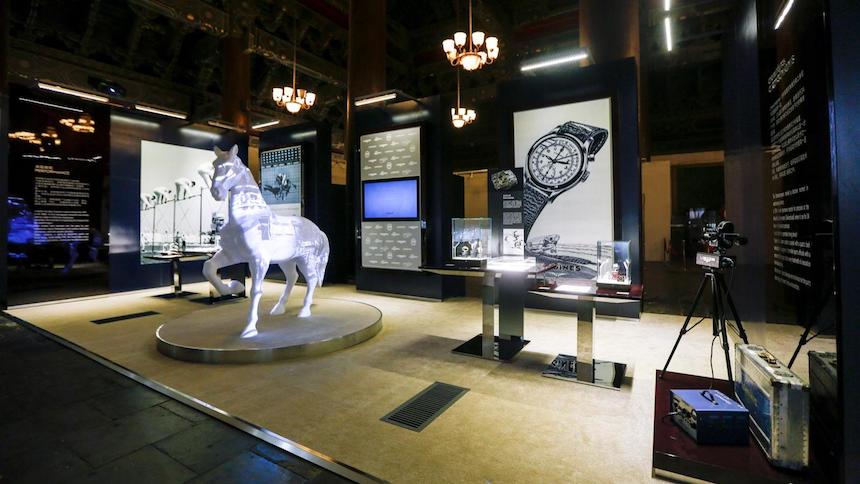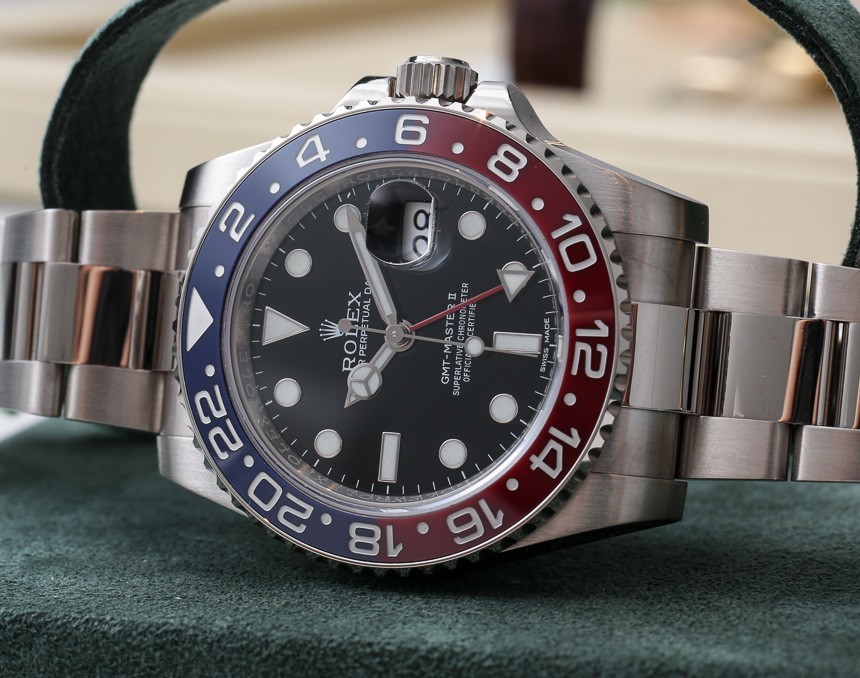
The push for precious metals is really about a push for profit. There is no better way to make a luxury item more expensive than to clothe it with expensive skins. Gold and diamonds have a place in luxury watches, but using them simply to boost retail prices leads to a bad consumer experience, and thus lower levels of consumer confidence in products.
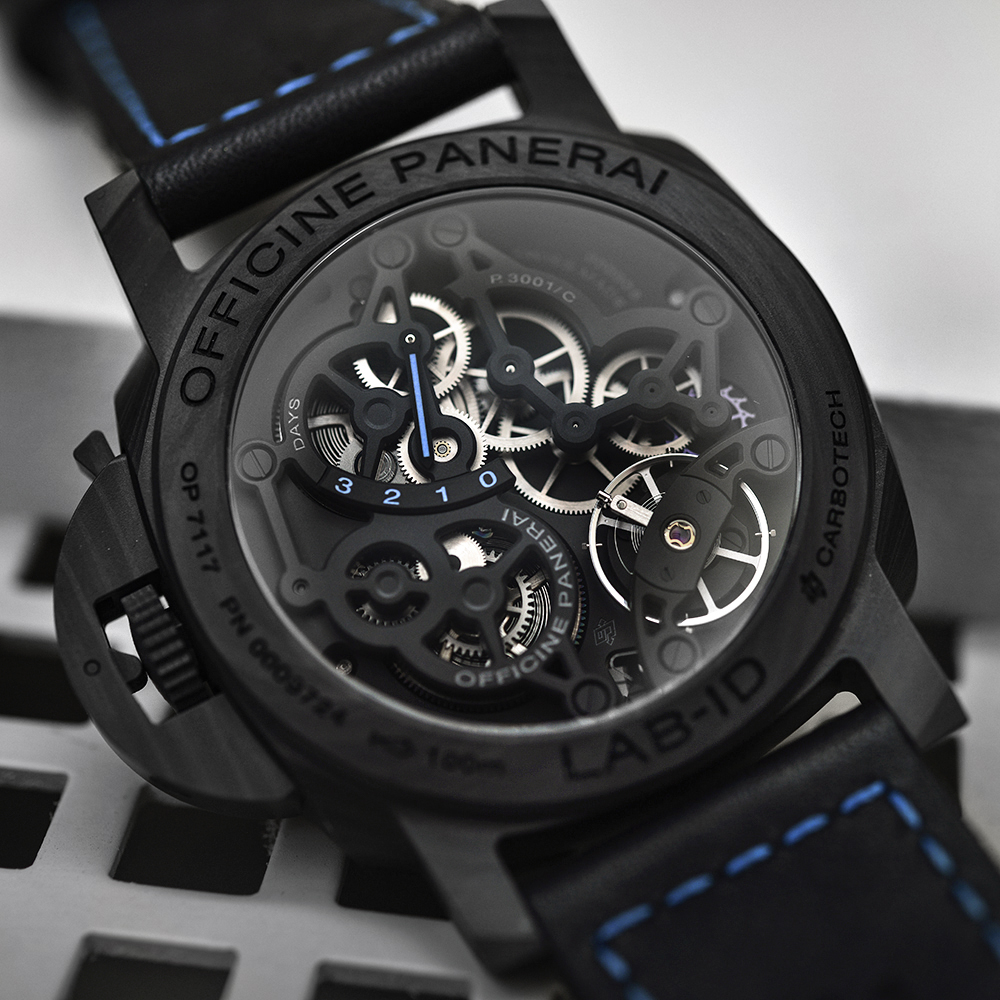
Listening to consumer preferences is something that the watch industry hasn’t traditionally been excellent at. This is because historically it was the retailer that dealt with consumers, and the brands spoke to the retailers alone. While it started prior to 2018, I think this year watch brands are going to start listening to consumer feedback a lot more carefully using many of the new tools available to them as more and more of them sell direct. When it comes to materials, let’s see more honest prices that don’t harm consumer confidence in the product.
Returning To Market Exclusivity For Products
2018 should really be about the watch industry revitalizing its major markets as opposed to trying to open new ones. That means a refocus on traditional watch buying hubs and regions such as Europe and the United States, as opposed to developing regions and bubble economies. Part of that focus should ideally be refining product collections.

I think there is a valid argument to be made when suggesting that watch brands should return to a model where certain products are only available in certain markets. Of course, today there are plenty of watches that are only available in certain markets, but with entire collections or models, this is increasingly rare (outside of Japan, of course).
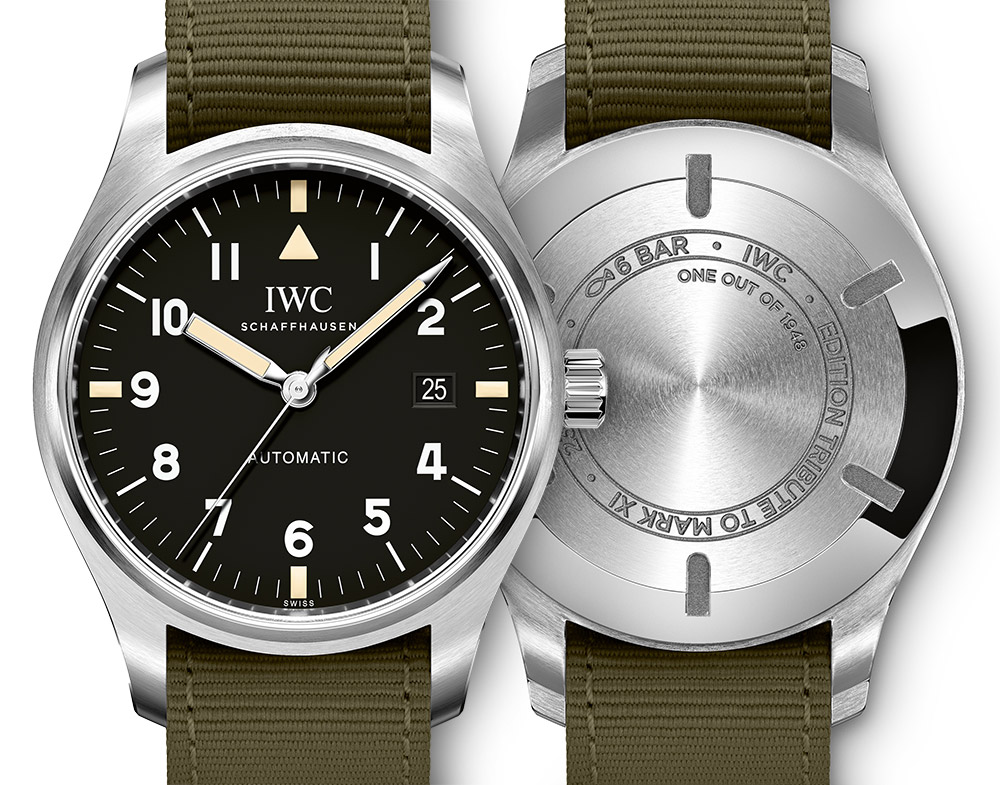
I believe that brands can benefit by having more market-appropriate products as well as an increased level of actual exclusivity while not only producing particular watches for the tastes of particular markets, but also making sure that those products are only sold in that market. Of course, the internet will allow for these products to cross borders easily, but even then, the availability of those products in other markets will be expensive and uncommon. The “coolest” of the watch collectors will thus naturally remain those who are the most well-traveled and possess the attributes of natural hunters.
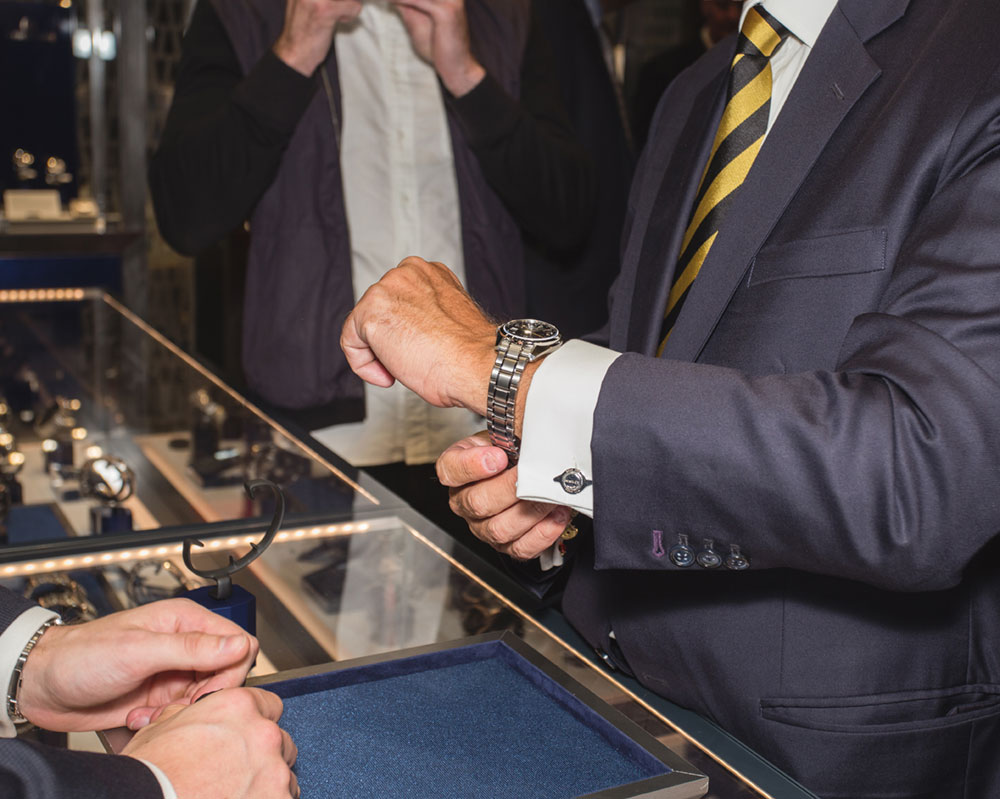
This approach might seem counterintuitive to people who suggest that democratic distribution is the key to helping watch industry pricing and distribution issues. It is possible that the answer to distribution problems and the commoditization of luxury watches is to aggressively return to limited availability and production numbers – especially among the bigger brands.
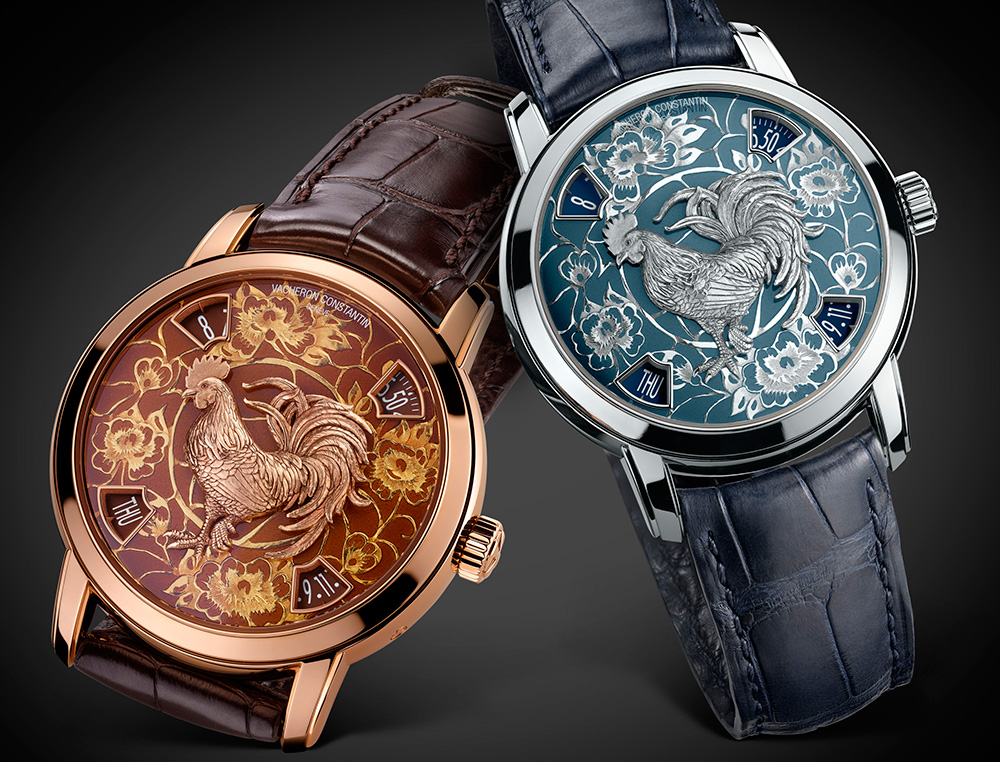
Not only products should be market-specific, but marketing as well. Brands should return to market-specific strategies and quickly start to abandon the global brand philosophies that they have adopted over the past two decades or so. I am fully advocating that the watch industry entirely abandon its “one brand for the entire planet” strategy that they seem to believe will work for all luxury brands. In my opinion, this approach has been a wholesale failure and the attempts to centralize and simplify brand marketing has led to diluted brand profiles and ambiguous marketing outcomes.
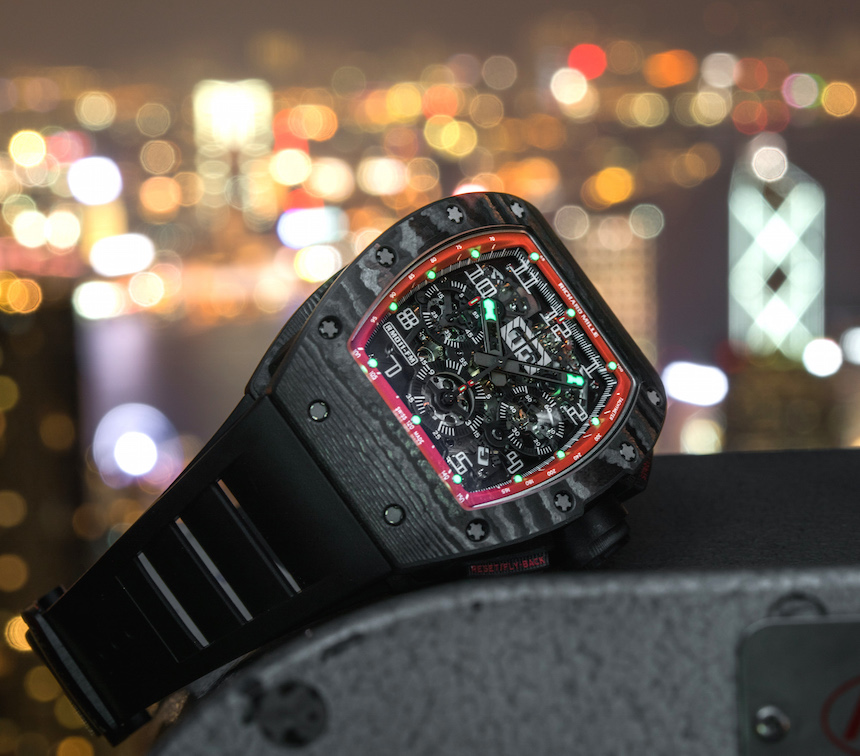
Top-level watch industry business theory also mandates that in order to have more personal, relatable relationships with consumers around the globe, watch brands need to be different things to different people – and they need to approach the needs of each of these types of people equally. Right now, watch brands set forth “global marketing identities” which I feel miss the mark more than they allow for a brand to effectively connect with any one group of consumers. There was perhaps a prolonged period of time when in Europe, France “owned” the notion of luxury. They did this for a while, but this is no longer the case. “Luxury” is an emotion as unique to the culture as it is to the individual. High-end watchmakers are clearly luxury brands, but they also must connect with the specific dreams and desires of consumers.
This is a discussion I can expand on more in the future, but in summary I want luxury watch brands to consider distributing their marketing messages in a larger number of more specific messages aimed at specific consumers. Along with this are watches made for those groups (just as the watch industry did for much of the 20th century).
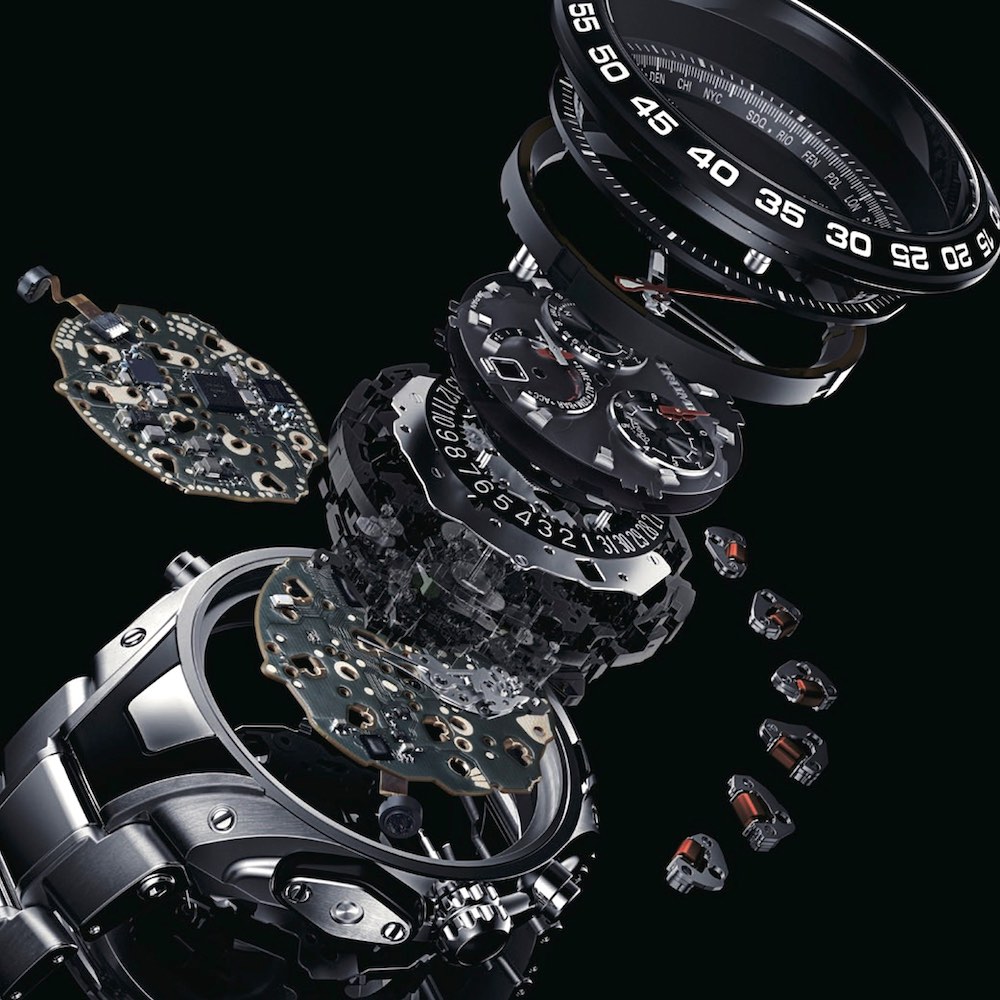
A New Race For Accuracy Performance
The advent of the smartwatch did a curious thing for people who escaped needing to rely on their mechanical timepiece to tell them the time. It made mechanical watch wearers very self-conscious that their watches were not nearly as accurate as those on a growing number of wrists (in the form of accurate smartwatches). What happens when you suddenly realize that wristwatches need to be accurate time-tellers after a solid 20 years of this notion being on hiatus?
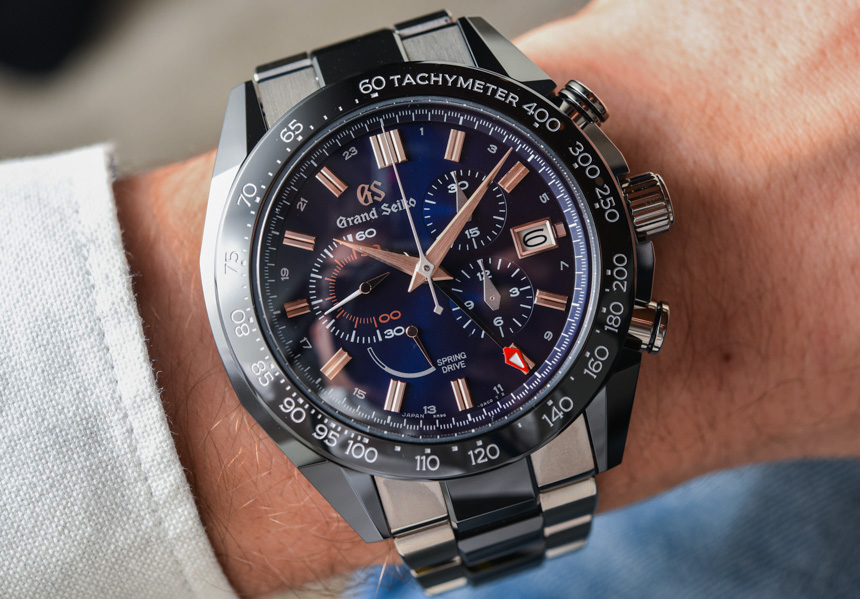
The “traditional” wristwatch is starting to fight back. It’s going to show those smartwatches that – darn it – they can also indicate time accurately (and without the Internet’s help!). We already had super accurate wristwatches starting in the 1970s. But few people seemed to care. Back then one of the biggest problems with accurate quartz watches was price and practicality. Batteries lasted something like six months. To make wristwatch batteries last longer, watchmakers slowed down the frequency of oscillating quartz crystals in said watches in order to maximize battery life and as a result, some batteries could last about a decade. Impressive.
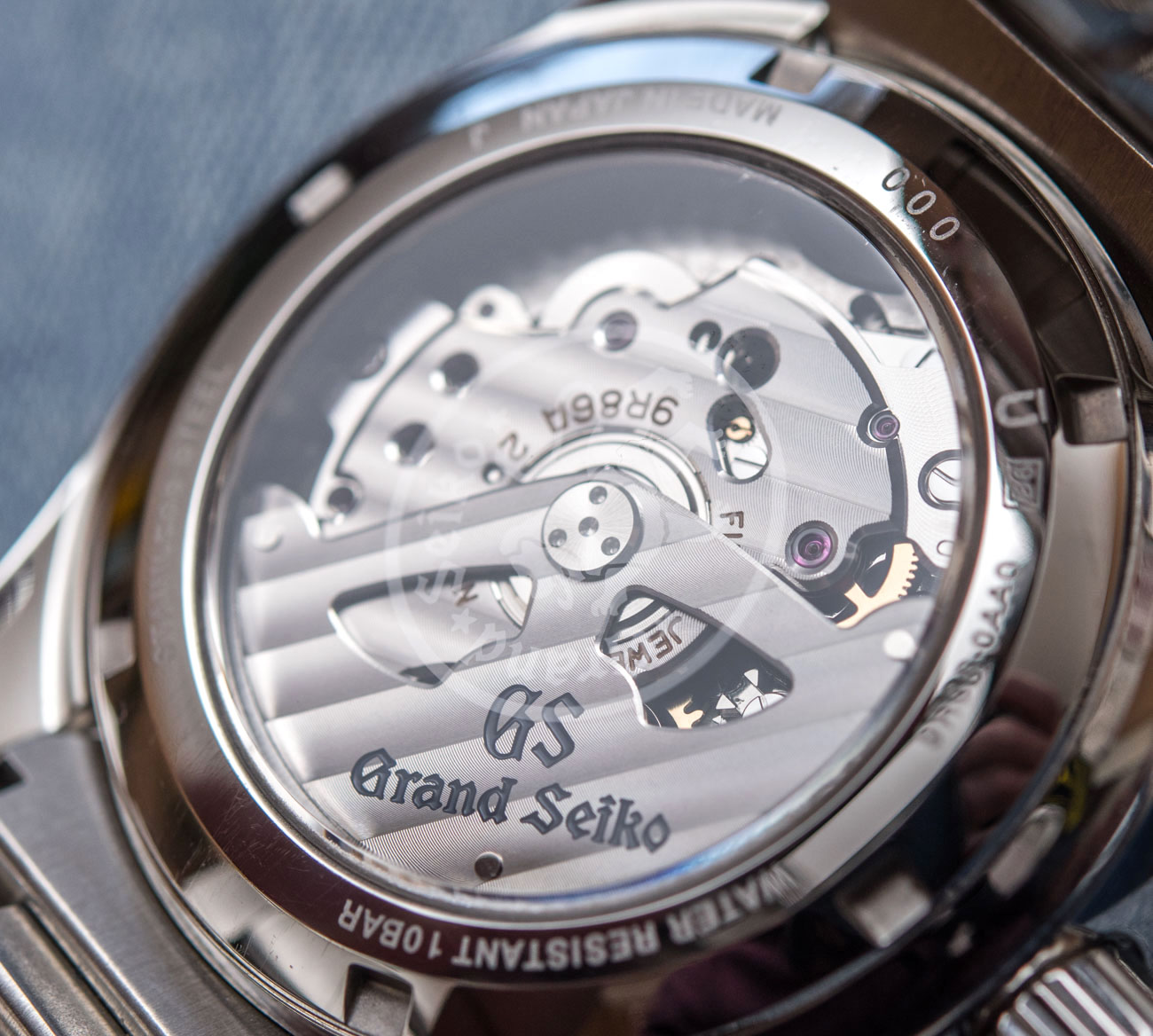
Since then there have not been any significant efforts to push accuracy-focused movements into high-volume mainstream watches. Sure, there are plenty of specially regulated and precisely manufactured “more than Chronometer” watches out there, but there aren’t many of them. The average mechanical wristwatch should be reset on average once a week or so to prevent you from being perhaps 30 seconds to a minute off. At that point you’d want to reset. That is a lot of resetting.
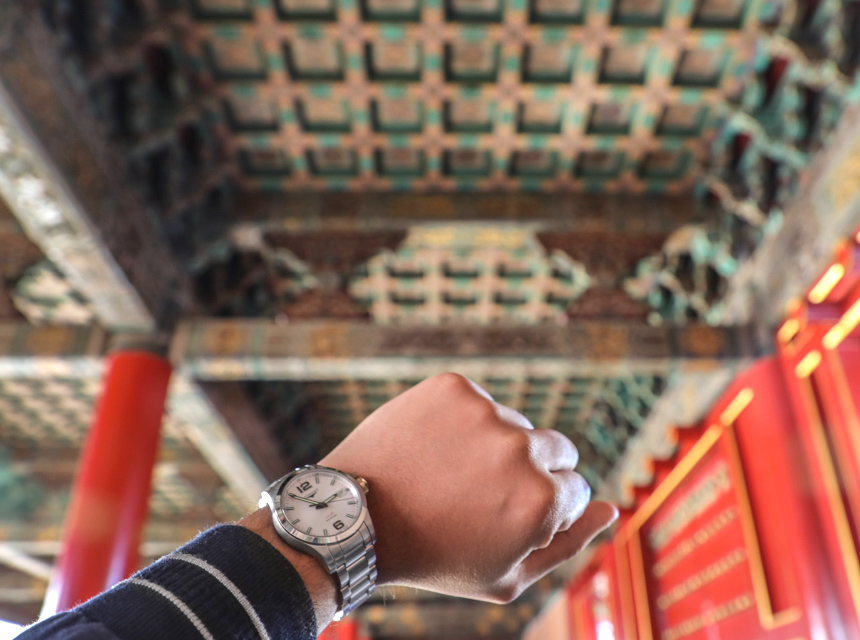
I believe that mechanical and electronic technologies which allow for timepiece movements to be independently accurate will see an increase in popularity with consumers. Even big players like the Swatch Group seem to agree (see Longines VHP watches for example) with this assessment. Zenith’s Defy Lab showed a serious effort in accuracy by a purely mechanical movement – albeit one that signals silicon production is about to be a major area of co-development.
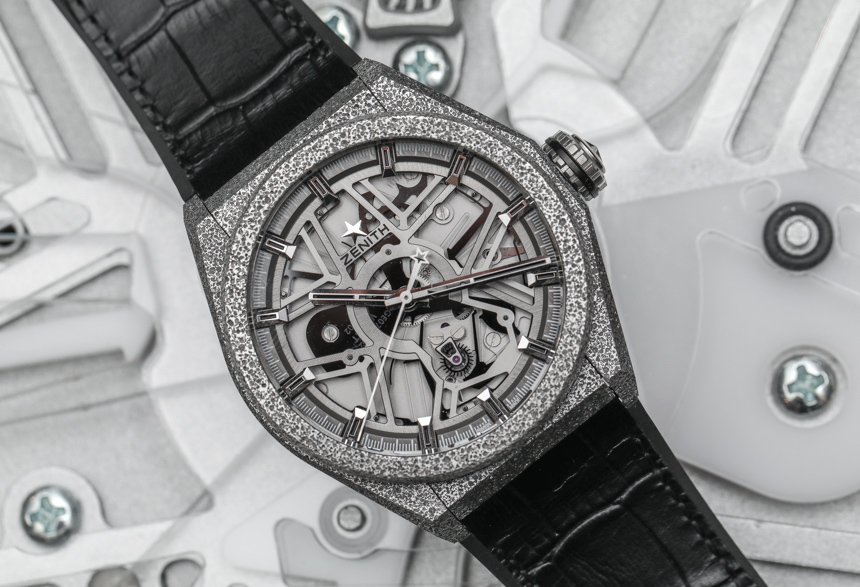
I hope that 2018 will see the debut of many new electronic and mechanical watches that focus on accuracy and showing consumers that you can have a reliable machine that looks a lot more attractive than your standard smartwatch. This is again because consumers will be examining the perceived poor performance of mechanical watches based on the smartwatch. Thus, when it comes to keeping time, a traditionally-styled watch will lose value to the consumer if it cannot at least keep up with the smartwatch in the accuracy and reliability of telling time.


